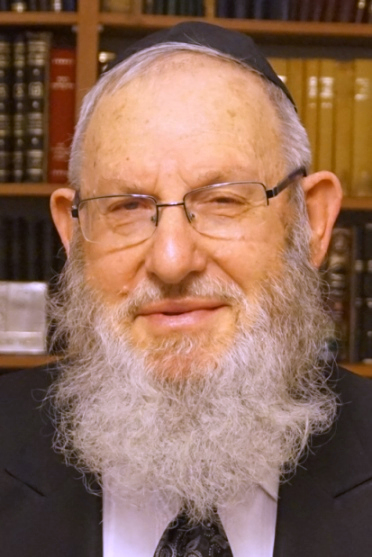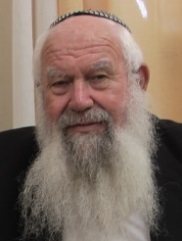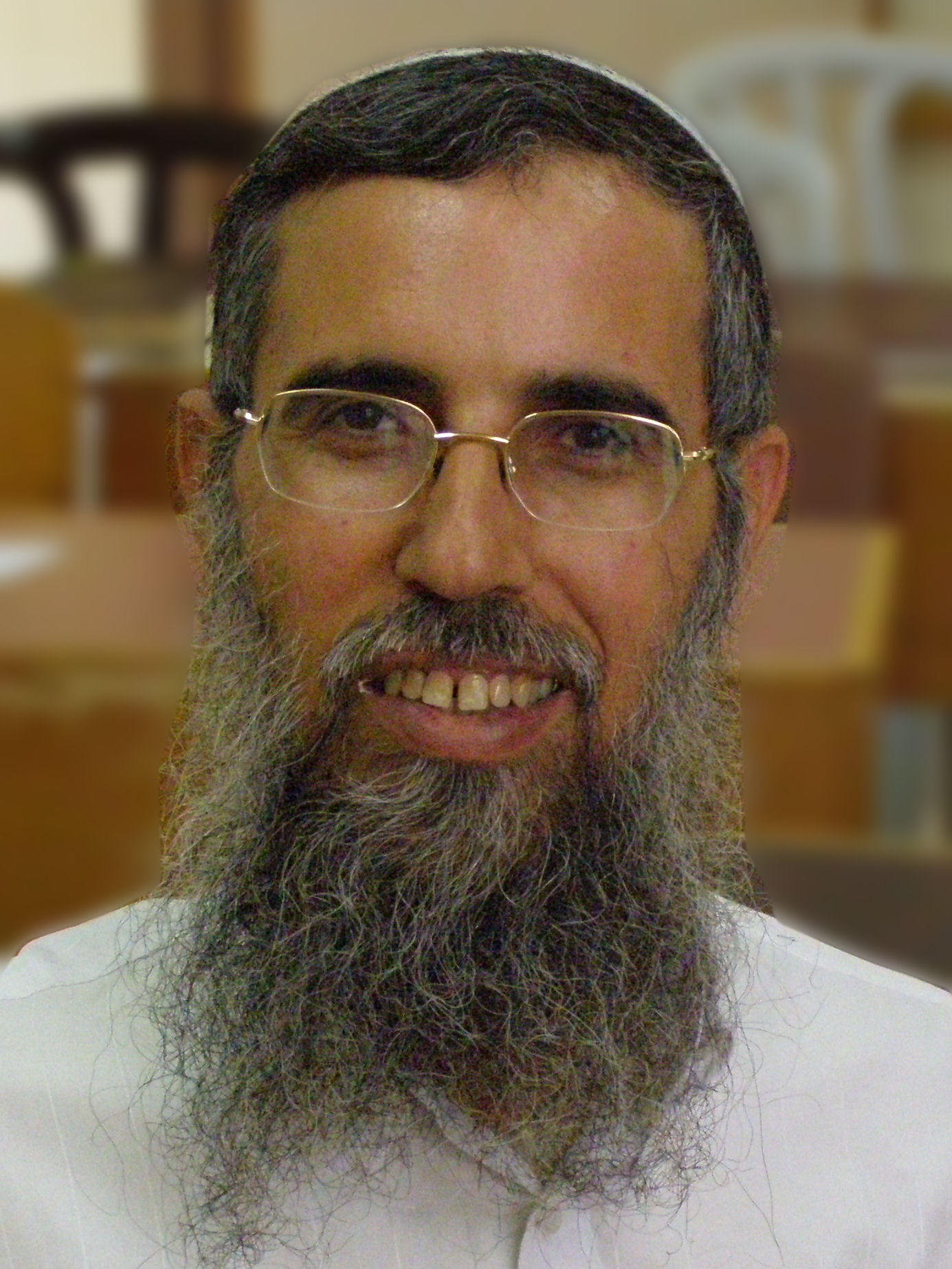Teshuva During the Ten Days of Repentance
By: Rav Efraim Rubinstein
Rav Meir Orlian
In the famous Gemara in Rosh Hashana (16b), R. Kruspedai teaches:
Three books are opened on Rosh Hashana ... The completely righteous are written and signed immediately for life; the completely wicked are written and signed immediately for death; the beinonim are left hanging until Yom Kippur. If they merit, they are written for life; if not, they are written for death.
The Rambam, when quoting this halacha, writes about the beinoni, "If he did he Teshuva, he is signed for life, and if not, he is signed for death." R. Yitzchak Blazer, in Kochvei Ohr, asks the following question against the Rambam: Why must he specifically do Teshuva to tilt the scales more than any other mitzvah? He brings a proof from the Gemara Kiddushin (40a-b), "A person should always view himself as if he is half guilty and half innocent. If he did one mitzvah -- he is fortunate, for he decided himself toward innocence." We see that "one mitzvah" -- any mitzvah -- will tilt the scales!
In truth, the Rambam is based on the Yerushalmi (Rosh Hashana 1:3), which similarly reads, "The beinonim are given the Ten Days of Repentance between Rosh Hashana and Yom Kippur. If they did Teshuva they are written with the righteous; if not, they are written with the wicked." However, the basic question remains, why does the Bavli Kiddushin say that a person needs one mitzvah while the Yerushalmi specifically requires Teshuva?
The Kochvei Ohr answers based on the story (Yoma 87a) of a certain butcher who had insulted Rav during the course of the year, and had not come to beg pardon. Rav decided to go to him instead. On the way he met Rav Huna, who commented, "Abba (Rav) is going to kill a person." Rav walked around outside the butcher shop, and when the butcher noticed him, he said, "Leave, I have nothing to do with you!" A bone that he was chopping then flew and hit him in the throat, and he died. Why was the butcher deserving of death?
The Kochvei Ohr explains that when a person has an easy opportunity to repent and doesn't -- it is a grave sin. Although the whole idea of Teshuva is mercy, it is not a contradiction to din (justice). It is just a reprieve to buy the person time. Even when Teshuva erases the past, it is with din, based on the remorse and the anguish that the person undergoes in the course of the Teshuva process.
The sin of the butcher was all the more severe, especially when Rav made himself available, and especially when it was on Erev Yom Kippur. The Rambam writes that for individuals, the best time for Teshuva is during Ten Days of Repentance, as Yeshayahu (55:6) says, "Seek Hashem when He can be found; call upon him when he is near." R. Yonah, in Sha'arei Teshuva, expresses a similar idea in his famous parable about the prisoner who did not flee with his comrades through an escape tunnel, but remained behind in his confinement.
Thus, R. Blazer explains that the beinonim have to do Teshuva. During the rest of the year any mitzvah or sin will tilt the scales one way or the other. However, in the Ten Days one mitzvah won't help, because the sin of not doing Teshuva will outweigh any number of mitzvot he will do, and therefore he must do Teshuva. However, some ask against this explanation, what if the person will do a very valuable mitzvah, such as saving many Jews?
The Emek Bracha provides another answer, and says that on Rosh Hashana G-d weighs the mitzvot and sins of the prior year, and every year is new calculation. Thus, a mitzvah performed during the Ten Days of Repentance will be credited toward the calculation of the new year, whereas the current judgment is for the last year. The only way to retroactively alter the judgment of the previous year is through Teshuva, which can erase the past.
This does not seem to be the opinion of the Rambam, however. In the next halacha (Teshuva 3:4), the Rambam writes that shofar has a hint in it to arouse the people who are spiritually asleep to repentance. (There is a dispute amongst the Rishonim whether the bracha of shofar is "to listen to the sound of the shofar" or "to blow shofar." Rambam is consistent with his opinion and maintains that the bracha is "to listen.") He then writes about the value of doing one mitzvah, quoting the Gemara in Kiddushin, and then discusses Ten Days of Repentance. We see that the Rambam talks about increasing charity and good deeds during these days, whereas according to the Emek Bracha it won't help for this year!
Then why does the Rambam specify the need for Teshuva? We must introduce the answer of the Siftei Chaim based on the Gemara in the end of Brachot (61b):
R. Yosi Haglili says, "The righteous -- their good inclination "judges" them'; ... the wicked -- the evil inclination "judges" them; ... beinonim both "judge" them"
Rava says, "Like us are beinonim." Abaye said to him, "If so, you have not left anyone able to live!"
Rava further says, "The world was created only for the completely wicked or for the completely righteous."
What does it mean "judges them?" The Gra explains (in his glosses) that "judges" means "leads" or "directs" them. The completely righteous or completely wicked doesn't have to worry who is directing them on their path. Thus, the completely righteous enjoy Olam Haba, and the completely wicked enjoy this world, since they have no pangs of conscience. But this is true only for those who are on so low level as Achav. An ordinary sinner, however, is not able to enjoy the sin with a clear conscience. The beinonim have to question every action whether it is from his good inclination or from his evil one. For example, a person buys an etrog mehudar. Is his motivation positive, to fulfill the mitzvah in a splendid manner, or does it emanate from his yetzer hara, in order to show off? And while a person should do mitzvot even shelo lishma, this is only to ultimately reach lishma.
If we understand beinonim as those with exactly equal merits and sins, how many people are exactly even? (This is even granted the Rambam's qualification that it depends not on the quantity but on the magnitude of the actions.) However, many are included in the group of those led by both their yetzer hatov and yetzer hara. Thus, while one mitzvah may tilt the scale, a person still has to deal with the character traits and personality to reach level that his yetzer hatov will judge, i.e., direct him. He thereby elevates from the status of beinoni to righteous, but his is only through Teshuva. The way to improve character is through dragging the yetzer hara to the Beit Midrash. The strength to subdue evil and strengthen good is through learning Torah.
Thus, we can explain the Rambam and resolve the contradiction between the Bavli and Yerushalmi by differentiating between two levels. One is merely to tilt the scales in order to pass the judgment, for which any mitzvah will suffice. The second is to elevate to the level of righteous, which requires specifically Teshuva and improving one's personality through Talmud Torah.
Shiur ID: 4051
Do you have a comment or question on the shiur?
Comment below and we'll join the discussion
Add your comments:

.jpg)

.jpg)


